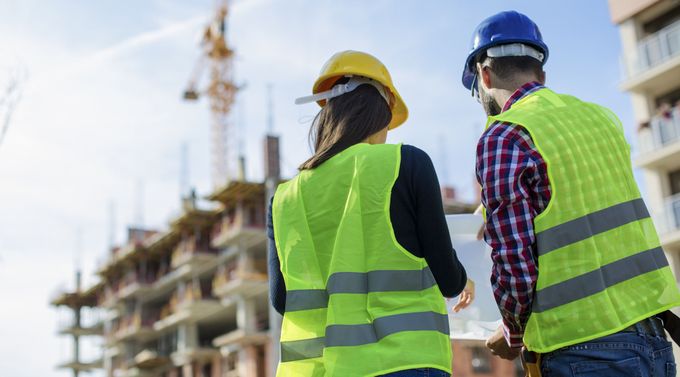Collaborative Reporting on Safer Structures (CROSS)

CROSS allows those working in the civil engineering sector to share knowledge gained following incidents on projects (credit: iStock/milanvirijevic)
Mark Hansford, ICE director of engineering knowledge, talks with Julie Bregulla, director of innovation partnerships and projects at TEDI London, and Andy Alder, vice president and head of major programmes at Jacobs, about the ways in which people who work in infrastructure can share lessons learnt from when something goes wrong on a project – and also when things go well.
The Collaborative Reporting on Safer Structures (CROSS) scheme, led by the ICE alongside the Institution of Structural Engineers, enables civil engineering professionals to share observations on 'near-misses' and failures, as well as providing guidance on best practice.
To observe, to report, to synthesise and share [safety-related incidents] is part of the progress of the industry
Julie Bregulla, director of innovation partnerships and projects, TEDI London
Construction Logistics and Community Safety (CLOCS) standard

CLOCS's mission is to ensure the safety of all construction vehicle journeys (credit: iStock/whitemay)
Every engineer working on the design or construction of a project has a legal responsibility to make sure work is completed as safely as possible.
This podcast focuses on the Construction Logistics and Community Safety (CLOCS) standard, which was developed by the construction and fleet industry in 2013 to address the challenge of safe construction-vehicle journeys.
The CLOCS standard provides a set of requirements for everyone involved in procuring, delivering and operating construction vehicles and construction traffic
Sign up to receive news from ICE Knowledge direct to your inbox.





